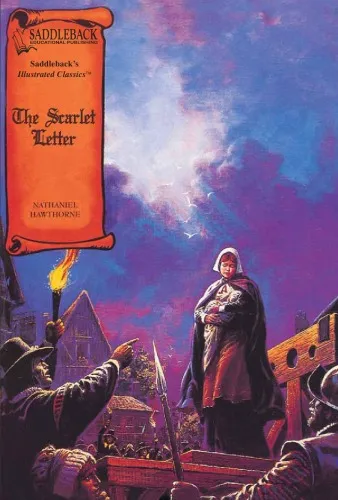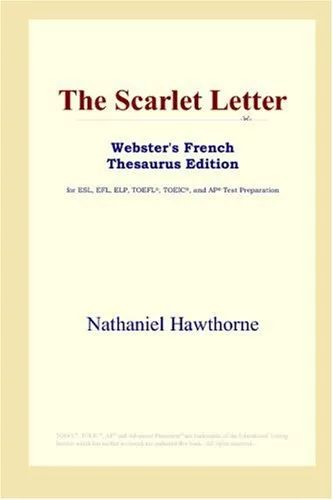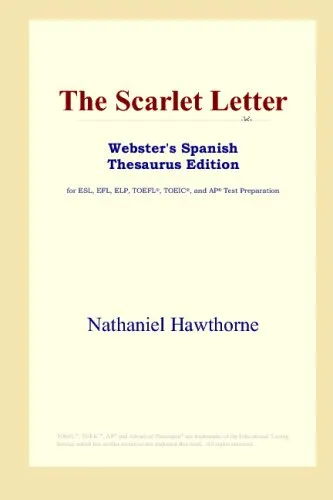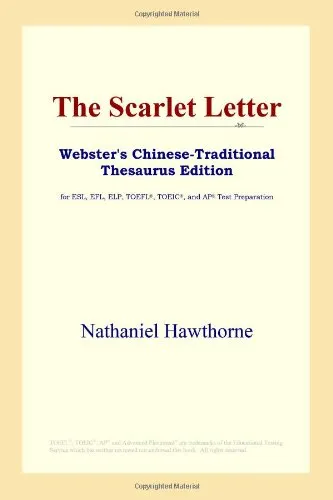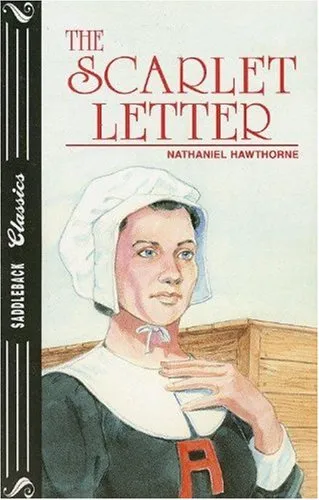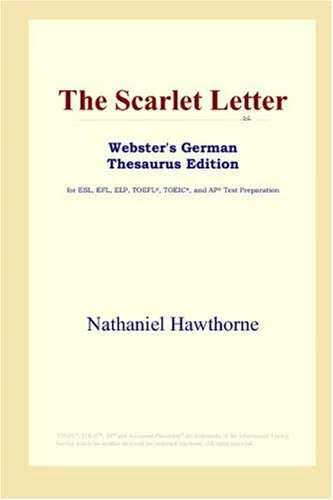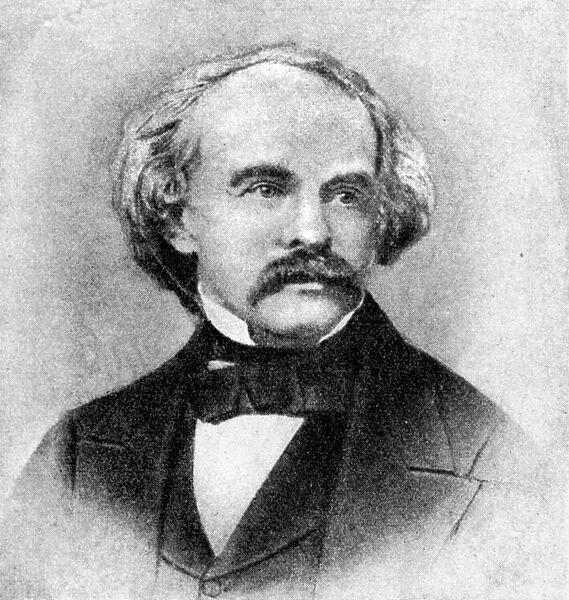The Scarlet Letter (Illustrated Classics)
3.4
Reviews from our users

You Can Ask your questions from this book's AI after Login
Each download or ask from book AI costs 2 points. To earn more free points, please visit the Points Guide Page and complete some valuable actions.کتاب های مرتبط:
Introduction to 'The Scarlet Letter (Illustrated Classics)'
Nathaniel Hawthorne's 'The Scarlet Letter' is a profound exploration of morality, guilt, and redemption set against the stern backdrop of Puritan New England. This classic work of American literature delves deep into the human soul, unraveling the complex web of personal and societal judgment and the enduring quest for forgiveness and understanding.
Detailed Summary of the Book
Set in the 17th century, 'The Scarlet Letter' intricately portrays the life of Hester Prynne, a woman condemned by her Puritan community for bearing an illegitimate child. As a symbol of her sin, she is forced to wear a scarlet "A" on her chest. Despite the shame and ostracism, Hester raises her daughter Pearl in relative isolation, encountering constant scrutiny and judgment from the townspeople.
The narrative opens with Hester being released from prison and led to the scaffold, where she endures public humiliation. Her refusal to name Pearl's father sets the stage for the novel's exploration of secret guilt and public penance. Reverend Arthur Dimmesdale, Hester’s secret lover and Pearl’s father, battles with his own hidden sin, which deteriorates his health and spirit.
Roger Chillingworth, Hester's estranged husband, arrives in the village and, learning of her adultery, vows vengeance on Hester's anonymous partner. His obsession with discovering and tormenting Dimmesdale becomes his personal retribution mission, highlighting themes of revenge and its destructive nature.
Throughout the story, Hester evolves from a symbol of shame to a strong, independent woman who defies societal expectations. Her journey is one of resilience and personal growth, eventually gaining a modicum of respect from the society that once shunned her. The climactic moment occurs when Dimmesdale, overcome by guilt, publicly confesses his sin before dying in Hester’s arms, freeing himself from Chillingworth’s torment and granting himself a semblance of redemption.
Key Takeaways
- Moral Complexity: The novel presents a complex interplay of sin and morality, challenging simplistic notions of right and wrong.
- Individual vs. Society: Hester's struggle against societal norms is a powerful commentary on individuality and societal judgment.
- Psychological Depth: The book delves deep into the psychological conflicts of its characters, particularly Dimmesdale’s hidden guilt and Chillingworth’s vengeance.
- Redemption and Forgiveness: The themes of redemption and the human capacity for forgiveness are central to the narrative.
Famous Quotes from the Book
"We dream in our waking moments, and walk in our sleep."
"She had not known the weight until she felt the freedom."
"No man, for any considerable period, can wear one face to himself, and another to the multitude, without finally getting bewildered as to which may be the true."
Why This Book Matters
Published in 1850, 'The Scarlet Letter' remains a cornerstone of American literature and a profound study of human character. It offers an unflinching look at the impact of sin and redemption while exploring the complexities of personal and communal morality. Through its rich symbolism and haunting emotional depth, the book challenges readers to reflect on the nature of guilt and the possibility of forgiveness. Hawthorne paints a vivid picture of Puritan society, and his critique of its moral rigidity remains relevant even today. 'The Scarlet Letter' is not merely a story of shame and punishment but an enduring reminder of the resilience of the human spirit and the power of compassion and understanding.
Free Direct Download
You Can Download this book after Login
Accessing books through legal platforms and public libraries not only supports the rights of authors and publishers but also contributes to the sustainability of reading culture. Before downloading, please take a moment to consider these options.
Find this book on other platforms:
WorldCat helps you find books in libraries worldwide.
See ratings, reviews, and discussions on Goodreads.
Find and buy rare or used books on AbeBooks.
1452
بازدید3.4
امتیاز0
نظر98%
رضایتReviews:
3.4
Based on 0 users review
Questions & Answers
Ask questions about this book or help others by answering
No questions yet. Be the first to ask!
